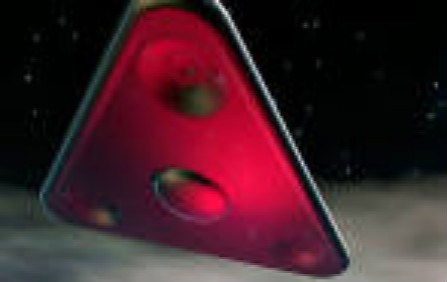Archaeologists to unlock the secrets and enduring mysteries ancient Egyptians
Archaeologists attempting to unlock the secrets of the Great Pyramid of Giza have a new helper: a drill- and camera-toting robot designed to peer into the magnificent structure’s unexplored nooks and crannies. It’s hoped that this high-tech explorer — built by researchers at England’s Leeds University, together with France’s Dassault Systemes and U.K. robotics firm Scoutek — will aid Egypt’s Supreme Council of Antiquities in their decades-long attempt to unravel one of the pyramid’s most enduring mysteries.
As any good Egyptologist knows, there are two main rooms at the center of the Pyramid of Khufu: the King’s Chamber and the Queen’s Chamber. (Khufu was the pharaoh who ordered up the monument some 4,500 years ago). Located on opposite walls of the King’s Chamber are two shafts that shoot out at 40-degree angles and lead to the pyramid’s outer face. It’s thought that they were designed to allow the ruler’s spirit to fly out and travel with the Sun God in the day, and take his place among the stars at night.
There are also two similar shafts in the so-called Queen’s Chamber. (Despite the name, there’s no evidence the room was ever associated with a female monarch.) But unlike their counterparts in the King’s Chamber, these 8-inch-square tunnels don’t lead to the outside world. Exactly where they go, and what purpose they were supposed to serve, has bemused generations of explorers.
The first serious attempt to resolve this pyramid puzzle came in 1993, when a German-sponsored robo-camera traveled almost 200 feet into the southern shaft. At this point, the ‘bot found its path blocked by a limestone slab fitted with two copper handles. (The robot could only drive about 60 feet along the northern shaft before hitting an impassable 45-degree bend to the left.)
Then in 2002, a National Geographic-sponsored robot — called Pyramid Rover II — was sent back up the southern shaft. It drilled a hole through the limestone door, poked a camera through and discovered … yet another limestone slab located 7.5-inches farther down the passageway.
Viewers who tuned in to watch that discovery broadcast live on the National Geographic channel might have been a little disappointed, but Zahi Hawass — head of the Antiquities Council — was thrilled. “We can see another sealed door!” he shouted as he watched the footage. “It looks to me like it is sealing something. It seems that something important is hidden there.”
Now eight years later, a new robot is ready to try to discover what that special “something” might be. Dubbed the Djedi Rover— after the sorcerer who helped Khufu design his resting place — this ‘bot boasts a toolbox of cutting-edge gizmos. Mission manager Shaun Whitehead told AOL News that the machine is fitted with a flexible “snake camera” that will allow it to peer through the existing hole in the first slab and carry out a more detailed survey of this ancient mini-chamber.
After the researchers have extensively studied the space between the two doors, they’ll turn their attention to the second blocking stone. The 24-inch-long rover is fitted with an extendable “sonic surveyor” that will allow the team to gauge the “thickness and condition” of the stone, Whitehead says. Once a suitable spot has been found, the robot can deploy a coring drill and make a small opening in the slab. However, Whitehead notes, the team won’t drill “if it doesn’t look safe and archaeologically useful.”
The Djedi team is keen to minimize damage to the already fragile pyramid. “The previous robots used tracks that scrubbed away at the floor and ceiling as they moved,” says Whitehead, who is also head of robotics firm Scoutek. The new machine uses special nylon and carbon-fiber wheels that won’t scratch up the pyramid, and it features “soft brace pads to grip the walls, like an inchworm or the technique that climbers use for ascending ‘chimneys.'”
The robot designer says the team’s invention could start work in Egypt in six weeks’ time. But what it will find is anyone’s guess. Some have speculated that untold treasures, builders’ tools, a statue of Khufu, yet another slab or maybe nothing at all might lie on the other side of the second door. “There are so many theories, it’s exciting to think about which one might be correct,” Whitehead says. “Any evidence that helps us understand what the shafts and blocking stones are there for would be fantastic.”

